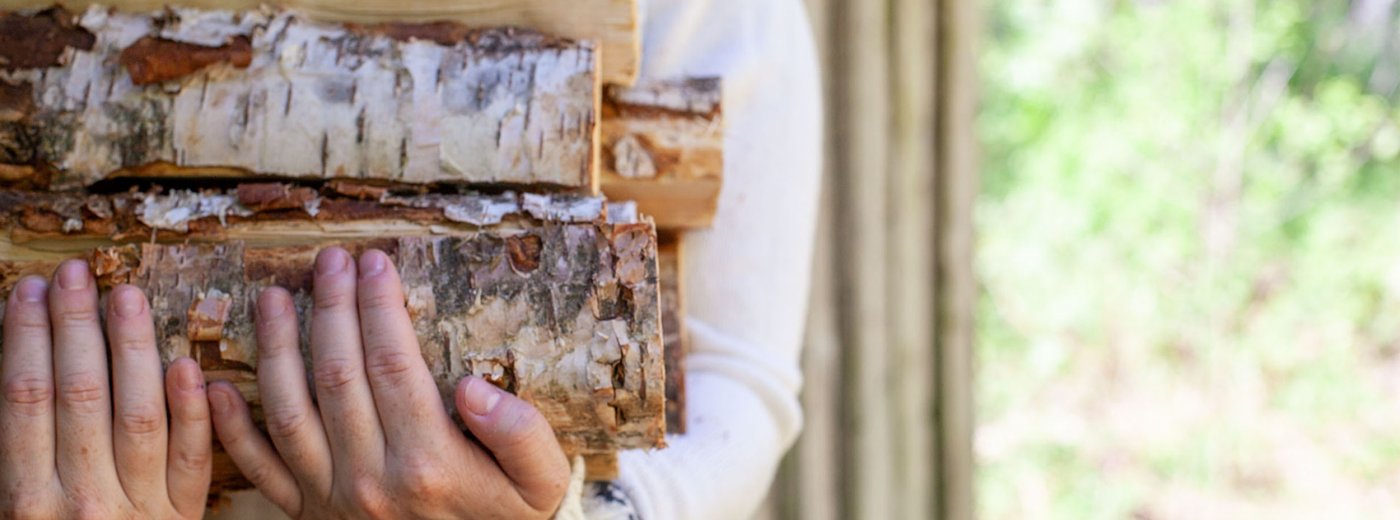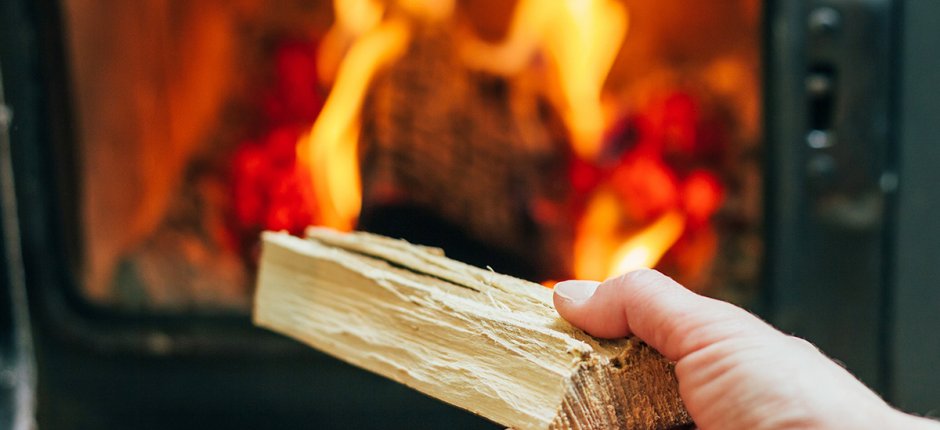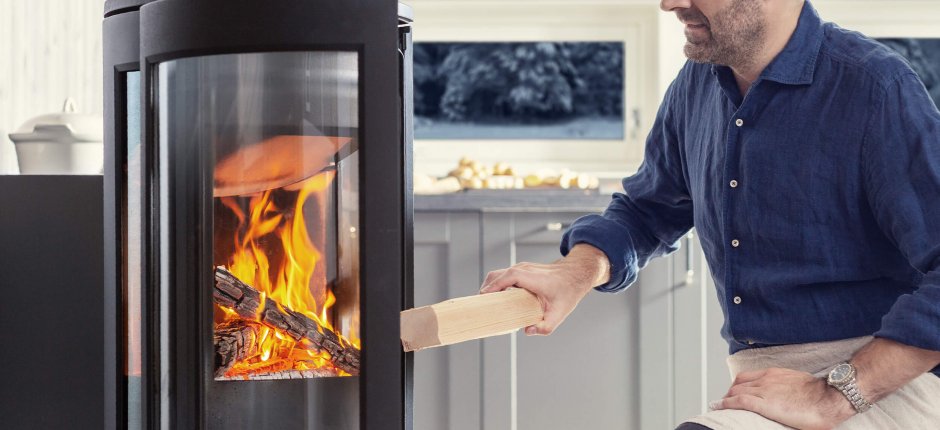The sense of security and pleasure of gathering found a fire lies deep within us, ever since the very beginning when fire was first used to cook food, keep wild animals at bay and provide light and warmth.
Fortunately, the world has moved on since then. However, the pleasurable feelings that an open fire gives us have followed us through the generations. This tells us what a resource fire was for our forefathers many hundreds of thousands of years ago.
An important cultural inheritance
In other words, wood-firing indoors is a cultural inheritance which has never gone out of fashion, even though the methods used to heat modern buildings have gradually evolved over the years through the introduction of new construction practices and technical regulations. Wood stoves and fireplaces have also been under pressure for many years, because old non-clean burn stoves and fireplaces emit a high proportion of harmful airborne dust , i.e. small airborne particles from the combustion process which are then inhaled into the lungs.
Clean burn technology in the fight against airborne dust
Airborne dust and other air pollution represents a major health problem in towns and cities in many European countries, according to the European health agency. The cleanest air of all can be found in Umeå in Sweden and Tampere in Finland (with Bergen lying in fifth place), whilst Polish cities in particular can be found at the bottom of the list, according to the European Environment Agency’s rankings. Many European cities have implemented measures to improve air quality, and amongst the cities in the aforementioned list, 127 have air which is considered to be good, while 73 have poor or very poor air quality (measured in 2019 and 2020).
Ever since Norway introduced a requirement back in 1998 for all stoves and fireplaces sold in Norway to be clean burn, precisely in order to reduce air pollution, Jøtul has been a world-leader in the manufacture of climate-friendly stoves, fireplaces and fireplace inserts through its "Clean burn Technology”.
Sustainable choices with clean burn stoves
Some models from Jøtul can boast particle emissions as low as 5 grams, which even the health and environmental authorities approve of. “Switch to a clean burn stove, or best of all a “best wood stove”, i.e. a wood stove with extremely low particle emissions,” states the website "Luftkvalitet i Norge” (Air quality in Norway), which is jointly run by the Norwegian Environment Agency, the Norwegian Public Roads Administration, the Norwegian Meteorological Institute, the National Institute of Public Health and the Directorate of Health.

The focus on the climate is a vital part of our societal mission to contribute to a sustainable globe. We are therefore deeply committed to explaining the importance of clean burn worldwide, in addition to our strong focus on continually improving our products.
Senior Vice President Sales and Marketing at Jøtul, René Christensen
Insufficient oxygen supply results in high particulate emissions
When wood burns, gases are given off. According to the Norwegian Institute of Public Health (NIPH), half of the energy (heat) stored in wood is given off these gases. The principle behind Clean burn Technology therefore revolves around the way in which the wood burns. A high proportion of wood-firing takes place with insufficient oxygen supply, resulting in incomplete combustion and high emissions of particles.
How to light your fire
According to NIPH, old wood stoves release six times as many particles as new, clean burn stoves. Particle emissions from wood-firing can therefore be reduced sharply by replacing old polluting stoves with new clean burn versions.
Wood-firing - a climate friendly alternative
Using a wood stove is considered to be CO2-neutral, as the wood that is burned gives off the same amount of CO2 (the greenhouse gas carbon dioxide) as it would have done had it been left to decay in nature. In this way, CO2 released during the combustion of wood is absorbed by the trees and used in nature’s own cycle. For this reason, biofuel is considered to be an important resource in order to fulfill the obligations set out in the Kyoto Agreement, according to Varmeprodusentenes Forening, the stove and fireplace manufacturers’ association. This also assumes that the firewood producer you buy from has a focus on sustainable forestry.
Light your fire with a clear conscious!
According to Norsk Varme, “Replacing 5000 kWh of electrical power from a coal-fired power station with wood/biofuel could cut CO2 emissions by 5 tonnes. This is equivalent to the CO2 emissions from a car with an internal combustion engine over a period of two years.”
In other words, you can light your fire with a clear conscience, with a clean burn stove from Jøtul and the correct firing procedure.
See our clean burning wood stoves



